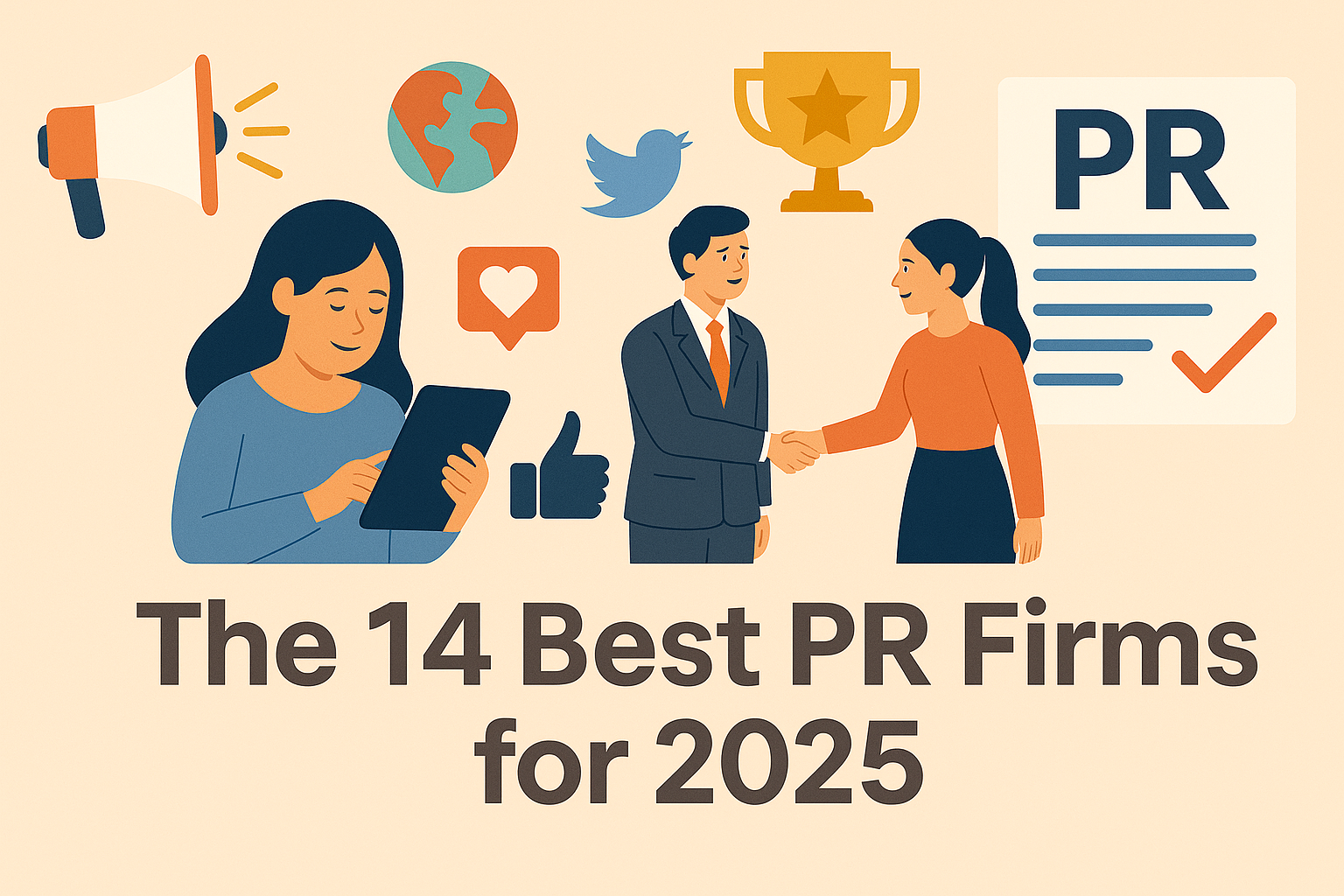When CFOs and CEOs look to cut spending, PR is often the first to go. During periods of economic downturn, it can be hard for leaders to justify spending dollars on marketing.
Although we aren’t officially in a recession yet, 95% of businesses report that they are concerned about the effects already—and one in four of those respondents have felt less confident in their PR approach since the COVID-19 pandemic began. But in the long run, cutting ties with PR firms to save money ensures that businesses lose out on the immense and highly profitable opportunities strategic public relations can provide.
What is Public Relations (PR) and Why is it Important?
At Zen Media, we define PR as “the creation and management of communications between a brand and the public at large.” More simply: PR defines where, to whom, and how a business presents itself to the world.
Individually, these are vital aspects of building a strong connection with your audience, which is essential to boost sales. Together, they’re a powerhouse—the result of being in the right place at the right time and with the right message.
And companies who stay consistent with their PR know this. During the 2007 to 2009 recession, Subaru stayed consistent with its brand messaging. “People love Subaru” it proclaimed. And it paid off. When its major competitors dropped off PR tactics, Subaru gained share of voice by filling those spots. As a result, Subaru was the only mainstream automaker to experience a sales increase through the worst of the recession. By 2009, Subaru became the 11th most popular U.S. auto brand, rising from the 19th spot the year prior. All in a time when people were significantly cutting back on their spending.
PR is the most cost-effective, efficient, and powerful way to keep people talking about your business. And the more brand awareness you create, the more authority you have, and the more trustworthy you seem to consumers.
PR is what prompts people to search for your brand to begin with. They hear you speak on a podcast or read a piece about your company in a trade publication, and then they Google you or your company to learn more. This then leads them to your owned media (like your website) and your shared media (social media channels). Their search might even return more of your earned media from other outlets. And if you are amplifying your earned media correctly, you’ll certainly get your point across. PR helps maximize your B2B SEO efforts, and, paired with paid ads, it helps make those pesky 27 touchpoints needed for consumers to convert.
So we’ve established that cutting PR efforts to mitigate loss is a huge mistake. But to fully understand why, you must understand what PR is and how it can make a difference in your business’s bottom line. (Yes, even in a recession! )
So let’s talk about what kinds of PR exist, the benefits of a well-developed PR strategy, and why it is absolutely a must-have—not just a nice-to-have.
There are two types of PR: traditional PR and digital PR.
When implementing traditional PR, companies can expect to be featured in print and online publications and in radio and TV interviews. Digital PR allows for an even wider range of opportunities such as podcasts, live streams, Reddit AMA’s (ask me anything), virtual events, and more.
When you hire a PR agency, the key contacts should seek to understand your brand inside and out, including brand personality and voice, industry trends and niches, and any past successes or failures.
Benefits of a well-developed PR strategy
Well-developed PR strategies can increase visibility, create authority, and enhance other marketing efforts.
PR boosts brand visibility
When considering the value of PR, it’s important to understand that it offers more than just press hits. When paired with strong marketing strategies, media hits can be used as springboards to amplify your brand by using clips of earned media, creating sound bites or quote cards, and reposting to social channels.
PR builds brand authority
Building brand awareness increases viewer attention through brand recognition. That brand recognition is something marketers call frequency bias. This means that the more often someone sees your brand, logo, or other identifying factors, the more likely they are to notice it again and again. And the more often someone notices your brand, the more trustworthy it seems to be. So by creating visibility, PR inherently builds authority. This creates the illusion of being everything, everywhere, all at once, and further amplifies your resources to double down on your efforts. Don’t underestimate the power of design when you invest in a logo maker in the branding process.
Beyond its role as the inception point for amplifying content, earned media can also enhance other marketing tactics by generating searchable content for your brand and creating opportunities for key audience engagement. Sure, you may have beautifully optimized website content and owned media all over the internet. But Cision’s 2019 State of the Media report shows that 92% of consumers trust earned media—and you can’t just SEO your way to that with owned media.
At the end of the day, a good PR team is your company’s greatest asset, advocate, and ally. You can focus on the daily ins and outs of the business, knowing a team is on your side to seek out opportunities and amplify your share of voice. When uncertainty looms on the horizon, it’s vital to know a good team is on your side. Now is not the time to pull back, but instead, make your brand even more recognizable before times get tough.
Looking for the best team to have on your side? Look no further. Connect with us today and let us handle your must-have PR.





